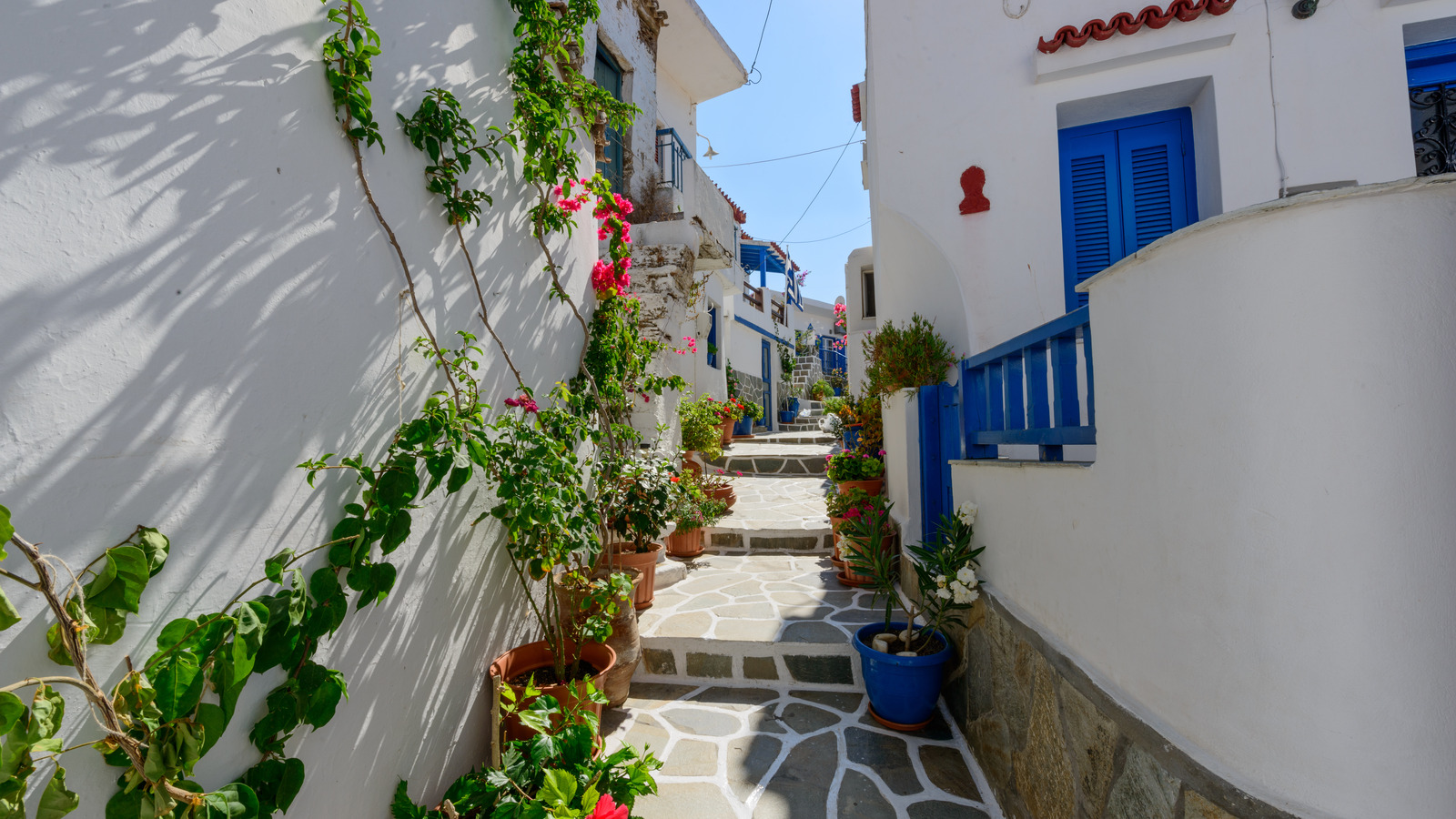Is It Safe to Put Lime Under Your House? (Things to Know)
Using lime under your house or in crawlspaces is a controversial topic Some sources claim it is perfectly safe and effective for controlling moisture, odors, and pests However, other experts argue that lime dust poses health risks and compromises indoor air quality.
In this article, we’ll examine both sides of the debate, looking at the potential benefits and drawbacks of using lime under houses. We’ll also provide some best practices on how to use lime safely if you choose to go that route.
What Is Lime?
Before diving into the safety considerations it helps to understand exactly what lime is. There are several types
-
Quicklime or calcium oxide (CaO) – This is lime in its “active” form after heating limestone. It reacts violently when mixed with water, making it hazardous.
-
Hydrated lime or calcium hydroxide (Ca(OH)2) – Also called slaked lime, this is quicklime combined with water. It is safer to handle than quicklime alone.
-
Agricultural lime or aglime – Made from pulverized limestone, this type is used to neutralize acidic soil. It is not caustic like other lime products.
The type of lime generating most controversy for crawlspace use is hydrated lime. When mixed with water into a slurry or “whitewash,” it can be spread on surfaces or soil to reduce moisture and odors.
While not as reactive as quicklime, hydrated lime is still alkaline and can cause burns when it contacts skin and eyes. It also poses inhalation risks if the dust is breathed in.
Proponents of Using Lime Under Houses
Supporters of using lime under houses make the following claims about its benefits:
- It is an affordable way to control moisture and mildew in crawlspaces. The alkaline lime neutralizes acids and kills mold and fungi.
-Whitewashing wooden posts and surfaces in a crawlspace can help preserve the wood.
-Sprinkling hydrated lime on dirt floors can deter pests like ants and termites that dislike crossing over it.
-The limeodor helps overwhelm musty smells from stagnant moisture in crawlspaces.
-Applying lime is safe as long as proper precautions are taken with masks, gloves, and goggles. It does not release harmful fumes.
-Lime is thought of as a natural product, unlike chemical pesticides and moisture barriers.
Potential Downsides of Lime
Critics of using lime under houses and in crawlspaces point to these drawbacks:
-
Hydrated lime is caustic and can cause skin burns and eye damage through direct contact.
-
Even short-term inhalation of lime dust may lead to respiratory irritation or lung damage. Long-term exposure can cause chronic lung disease.
-Crawlspaces are confined areas with poor ventilation where lime dust can accumulate, increasing inhalation dangers.
-Lime can drift through floorboards and affect indoor air quality in the rooms above. This is a special concern for those with asthma or allergies.
-Applying too much agricultural lime to soil can damage plants. It may also contaminate groundwater when overused.
-Frequent reapplication of lime may be needed to control moisture and odors, causing repeated exposure risks.
Best Practices for Safe Lime Use Under Houses
If you want to take advantage of lime’s benefits under your house while minimizing risks, keep these tips in mind:
-
Wear proper PPE – Use an N95 respirator mask, gloves, long sleeves, pants, and goggles when handling lime products or applying them in crawlspaces.
-
Avoid using quicklime – Only use hydrated lime which is less reactive. Never use quicklime which can cause severe burns rapidly when wet.
-
Apply lime cautiously – Spread thinly over areas affected by moisture and odors. Avoid overuse.
-
Monitor air quality – Check for lime dust in crawlspaces and rooms above. Increase ventilation as needed.
-
Seal access – Secure crawlspace entrances and accesses to other areas to contain lime dust spread.
-
Wash skin exposures – Rinse any skin contact with lime thoroughly with water. Seek medical help for burns.
-
Check CO monitors – Monitor carbon monoxide levels since hydrated lime can absorb CO2 and decrease air quality.
-
Follow label directions – Carefully adhere to all instructions and precautions on lime product packaging.
The Verdict on Lime Under Houses
There are reasonable arguments on both sides of this issue. The decision ultimately depends on your specific situation. Lime can be useful for controlling some crawlspace problems, but only with careful precautions against health risks.
It should not be applied haphazardly or excessively. For many homeowners, safer alternatives like encapsulation, dehumidifiers, or fans may be preferable. If using lime, limit applications to minimum levels and monitor conditions closely.
With appropriate protections and dosage, limited lime use under houses can control moisture safely. But prolonged or heavy application carries proven dangers from inhalation that make other solutions preferable for most people’s needs. Proceed cautiously and focus on fixing the root causes of excess moisture if lime is used.

Wet Soil Under Home Means Bad News For Homeowners
FAQ
Why do people put lime under their house?
Is lime safe around house foundation?
Is lime good for crawl space?
What soaks up moisture under a house?
- The Ultimate Guide to Growing Strawberries in Raised Beds - August 8, 2025
- No-Dig Garden Beds: The Easiest Way to Grow a Beautiful Garden - August 6, 2025
- How to Protect and Preserve Wood for Raised Garden Beds - August 6, 2025
